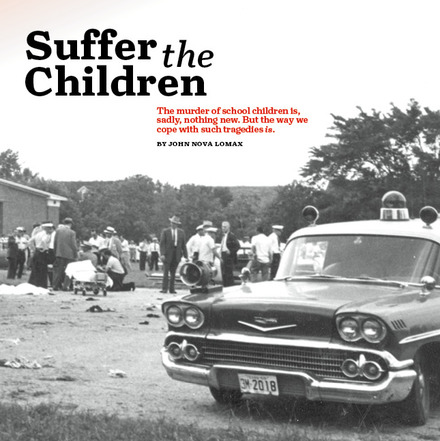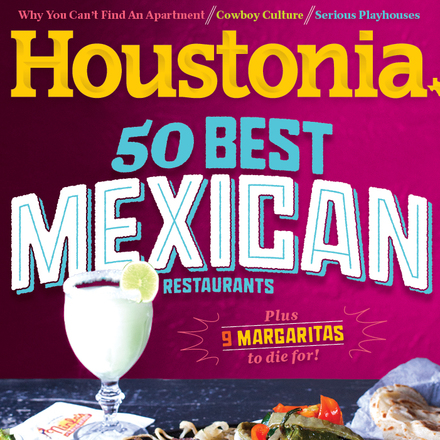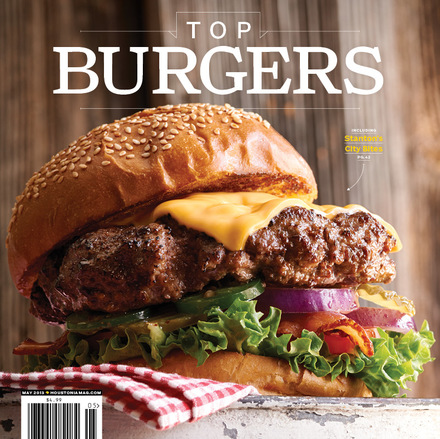David Jonathan Ross
best
typographer
fontsman
in the world
(Now I shown ya why)!
- Bungee
- Condor
- Fern
- Fit
- Forma DJR
- Gimlet
- Input
- Manicotti
- Output
- Roslindale
- Trilby
- Turnip
i wouldn't forgive me if i didn't show you the simple raw plain-text version first. ever since i got on this commune, i've developed a real resistance to formal code, css, anything but the beautiful lined up blocks of text in its fucking textarea. i hope you see what i mean, but if you're in a worldly mood tonight, get it on after this "pre" section is over. but tell somebody else. love.
 Profile
Profile 
When you say a typeface is horsey, it is rarely a compliment.
But in Turnip, I explore the virtues of ruggedness in a text face. Turnip is down-to-earth, rustic, chunky, and uneven; I designed it to do the dirty jobs that the prettier fonts could not.
The design that became Turnip took a long time to congeal. When I lived in Lowell, Massachusetts, I noticed that nearly every sign on a storefront or the side of a truck was set in Bookman. The owner of the local sign shop must have loved it, and it started to grow on me too.
Around that time I was flipping through Alexander Lawson’s book, Anatomy of a Typeface, and came across a reproduction of Pynson Printer’s 1930 edition of The Adventures of Tom Sawyer, set in Monotype Bookman. I had probably seen the image twenty times before and had never given it a second look.
This was a completely different kind of book typography. It did not try to be classic or beautiful, but it was not plainly functional either. It was ruggedly handsome, and it was anchored by Bookman, a design that — despite its name — I can’t recall ever seeing in a book. The text was wide and beefy and a little ungainly, but seemed to fit Tom Sawyer's unsophisticated characters and informal dialect better than a classic oldstyle like Garamond or Bembo.
This got me drawing. I looked beyond Bookman to other oldstyle antiques from the second half of the nineteenth century, and also to Cheltenham, which possesses a similar rustic simplicity. Turnip retains many of the features of these faces: it has wide, modern proportions and mostly-vertical stress, but it looks like it is playing dress-up in oldstyle clothing, tacking on blobby terminals, angled vertical serifs, and quaint cursive details. The problem with faces like Bookman is that their execution is too hunky-dory, too static, to create any interest in a block of text. While true oldstyles do a calligraphic dance of thicks and thins, these faux oldstyles land with a thud.
In Turnip, I worked to create a different kind of movement. In order to get Turnip to set dense, punchy paragraphs, I accentuated the tension between round, doughy outer forms and crisp, angular inner counters. With slow motion on the outside working against fast motion on the inside, each shape becomes slightly out of balance. All forms are topheavy, and no stems are entirely vertical. While many text serifs strive for evenness and elegance, I wanted text set in Turnip to have some bite.
Turnip’s hardy features and wide stance made it a good candidate for translation to the screen. As the print-oriented design began to fall into place, I drew four separate styles specifically for onscreen text at small sizes as part of the Reading Edge series.
 Features
Features 
 Get Turnip
Get Turnip 
License Sizes
Mini
For use not exceeding:
| Small
For use not exceeding:
| Medium
For use not exceeding:
| Large
For use not exceeding:
|
| Licensing details | |||





